Kansas Official Forecast Finally Out
Kansas has been suffering through a drought and record high temps this year, and even though the state was hoping that the effects on their darn good bird population wouldn’t too bad, appears that’s not the case…which shouldn’t be much of a surprise.
Today Kansas issued its 2011-12 bird forecast, and the summary of the press release reads: “While some areas of central, northcentral, and northwest Kansas may offer good hunting, drought and heat have reduced bird numbers.”
Here’s what that means.
What Happened
> Although good numbers of pheasants and quail will be found in some areas, severe drought and record high temperatures throughout much of the birds’ range resulted in fewer birds overall.
> Central and western Kansas had a relatively mild 2010-2011 winter, and overwinter survival was very high for upland game throughout most of the state. Breeding populations in central and western areas neared all time highs, especially for pheasant. However, drought that began in the summer of 2010 and persisted through the 2011 nesting season (May through July) and the summer hampered growth of wheat — primary nesting habitat for pheasants — especially in western Kansas.
> Areas in the northwestern and northcentral parts of the state received rain in May. That improved nesting conditions in those areas, but likely hurt nest success where rainfall was excessive. In July and August, some severe hailstorms hit these areas, possibly decreasing chick survival in localized areas.
> The southern half of the state endured prolonged drought through the rest of the summer. Southwest and southcentral Kansas had particularly bad reproductive conditions for pheasants, quail, and prairie chickens.
> Generally, the best pheasant hunting in 2011 will be north of I-70 in western Kansas, the best quail hunting will be in the central part of the state, and the best greater prairie chicken hunting should be in native grasslands from the northern Flint Hills westward throughout the Smoky Hills.
Pheasants
> Drought hampered pheasant reproduction this year. Much of western Kansas (the primary pheasant range) had much-reduced wheat production. Additionally, earlier wheat harvest dates due to poor growing conditions likely caused losses to nests or young broods.
> A few areas where there was reproductive success (northwest and northcentral Kansas) received heavy rainfall and/or hail during the peak reproductive period.
> Compared to 2010, pheasant numbers will be considerably lower throughout their range. This will especially be true in northeastern, southwestern, and southcentral Kansas.
> In those parts of northwestern and northcentral Kansas not affected by severe summer storms, pheasant numbers will be relatively good compared to other areas of the state but still down from last year.
Quail
> The bobwhite breeding population in 2011 was generally stable compared to 2010, except for southwestern Kansas, where there were severe declines. However, 2011 summer brood surveys indices were down throughout much of the state for quail, indicating a general decline.
> There were some indications of higher reproductive success in the northcentral, southcentral, and southeast parts of Kansas although good areas may be spotty.
> Because quail breed later than pheasants and prairie chickens, early summer moisture may have provided better conditions for nesting and brood-rearing in central and eastern Kansas. In past years, heavy precipitation and flooding associated with summer storms has negatively impacted bobwhite productivity in many parts of central and eastern Kansas. Fortunately, these conditions were absent this year.
> Counties that reported higher quail reproductive success are Pratt, Reno, Woodson, Phillips, and Rooks.
> Quail numbers declined considerably in southwestern and northeastern Kansas, and opportunities will likely be limited in those areas.
> Bobwhite numbers in far northwestern Kansas continue to improve, but that portion of the state is at the fringe of the bird’s range, and densities will still be low compared to central Kansas.
Prairie Chicken
> Kansas is home to greater and lesser prairie chickens. Both species require a landscape of predominately native grass. Lesser prairie chickens are found in west-central and southwestern Kansas in native prairie and nearby stands of native grass within the Conservation Reserve Program (CRP). Greater prairie chickens are found primarily in the tallgrass and mixed grass prairies in the eastern one-third and northern half of the state.
> Nesting and brood rearing conditions for lesser prairie chickens were generally not good this summer throughout most of their range due to drought in south-central and southwest Kansas. It is likely that populations will be down from last year, and the best hunting will be in the central and northern portions of the lesser prairie chicken range.
> Greater prairie chicken breeding populations were generally down in the eastern parts of the state (Flint Hills), but up considerably in the north-central (Smoky Hills) and northwest (grasslands in the northern High Plains) partss.
> In the core of the Flint Hills of eastern Kansas, the majority of occupied habitat was burned again this spring, leaving little nesting cover. While periodic burning is essential to prevent woody encroachment into the prairie, burning the same acreage annually in early spring greatly reduces the potential for successful nesting, even when weather is favorable.
> The best greater prairie chicken hunting should again be found in native grasslands from the northern Flint Hills westward throughout the Smoky Hills.
More
> See the whole 2011 forecast report, including regional forecast deets, here.
Category: 2011, Forecasts/counts, KS, Northern Bobwhite, Pheasants, Prairie Chickens, Quail

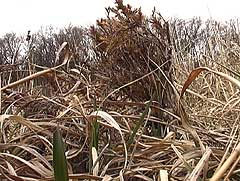
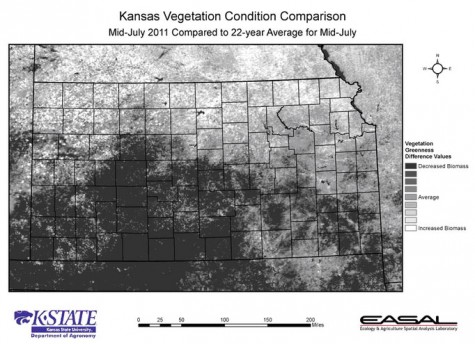




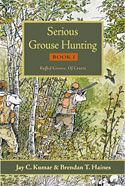


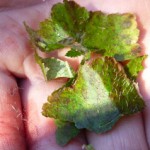
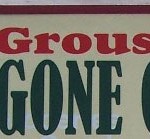
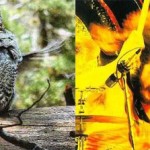
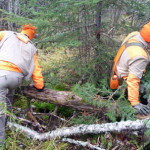
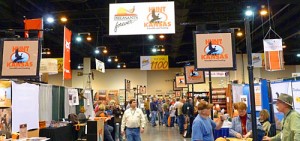
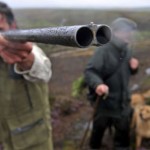
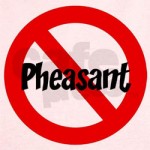
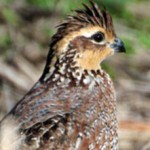
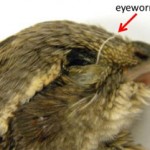
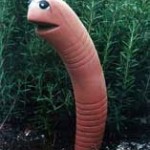
I don’t know why it takes them so long to publish their survey. For the third year in a row I committed to a hunt in SoDak because I couldn’t get any info on Kansas.